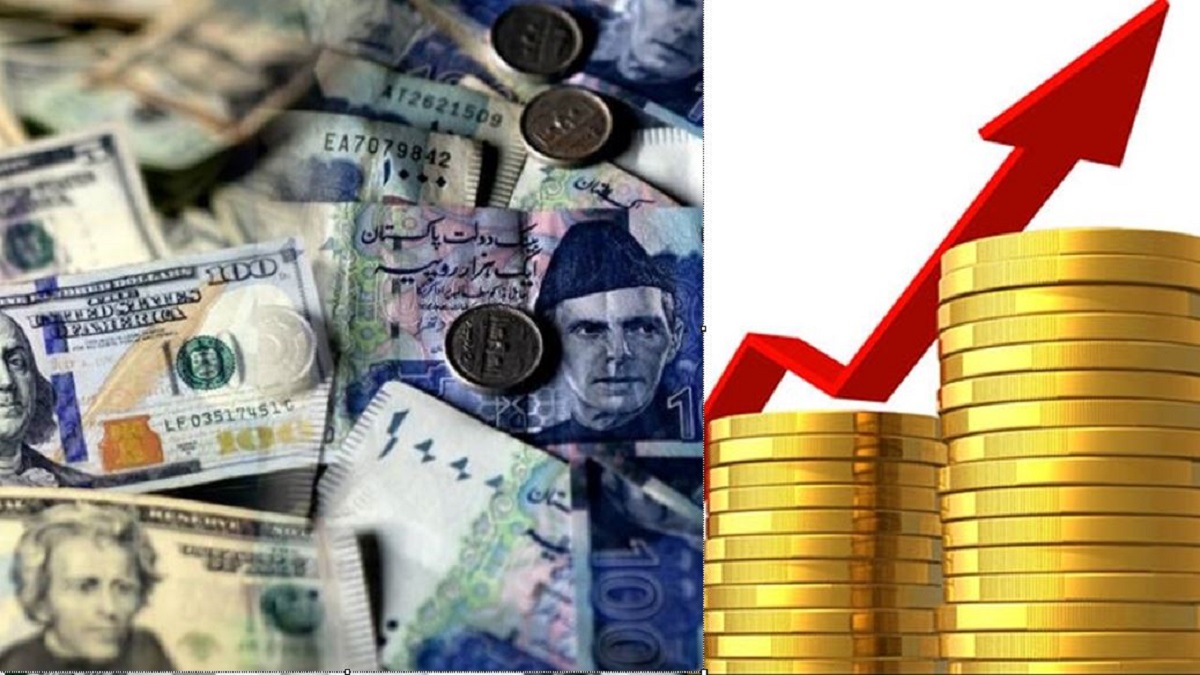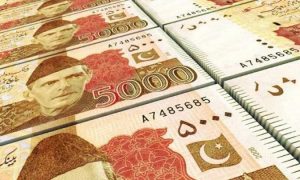Pakistan’s economy has experienced an unexpected improvement in its current account balance, with a surplus of $654 million achieved in March. This marks the first surplus in 28 months and is significantly higher than the anticipated surplus of $200-300 million.
To achieve this improvement, the government tightened imports due to critically low foreign exchange reserves. In addition, foreign currency inflows, particularly from workers’ remittances, increased significantly in March as overseas Pakistanis sent higher funds to their families during the holy month of Ramazan.
As of now, Pakistan’s reserves stand at $4.03 billion, almost equivalent to the $3.99 billion import payment made for goods in March. Import levels have been reduced by almost half compared to the all-time high of approximately $8 billion hit a few months ago. The current account balance recorded a surplus of $654 million in March, compared to a nominal deficit of $36 million in the previous month of February.
The inflows from remittances and export of goods amounted to $4.96 billion, exceeding the import payment for goods at $3.99 billion after a long gap. This surplus has contributed to a reduction of the cumulative current account deficit in the first nine months (January-March) of the current fiscal year 2023 to $3.37 billion, a significant drop of 74% compared to the same period in the previous year.
According to Yousuf M Farooq, an analyst at Topline Securities, the current account balance will remain muted in the remaining three months (April-June) of FY23. “We estimate FY23 current account deficit of $3.5 billion (less than one percent of the GDP).” Farooq attributes this improvement to administrative measures, such as a ban on machinery imports and banks prioritizing the import of essential items. He also noted similar administrative controls on imports in Sri Lanka and Bangladesh, which have led to improvements in their current account balances.
Read More: Pakistan’s Tax System Needs Overhaul, Says World Bank
Import payments remained almost stagnant at $3.99 billion in March, compared to February but decreased by a staggering 35% compared to $6.11 billion in March 2022. This decline is due to a weaker exchange rate, along with administrative measures to curb imports.
Workers’ remittances increased by 27% to $2.53 billion in March 2023 compared to $1.98 billion in the previous month of February. Although remittances are 11% lower than $2.83 billion in March 2022, the trend is improving after the 10-15% gap between the official and unofficial rates of the local currency has been eliminated.
Export earnings improved to $2.43 billion in March compared to $2.21 billion in February. However, earnings in March were 21% lower compared to $3.07 billion in March 2022 due to falling global demand and commodity prices. The central bank is taking measures to encourage exporters to bring back export receipts promptly.
Additionally, in positive news, long-term foreign investors injected a fresh $163 million into different sectors of Pakistan’s economy in March. Accordingly, foreign direct investment (FDI) amounted to $101 million in February, while investors had divested $30 million in March 2022, according to the central bank.



























